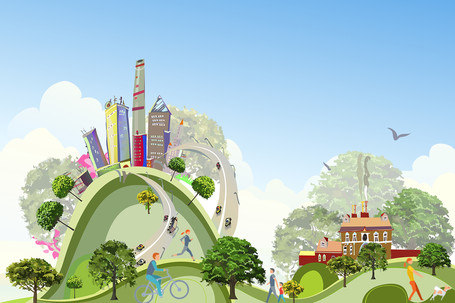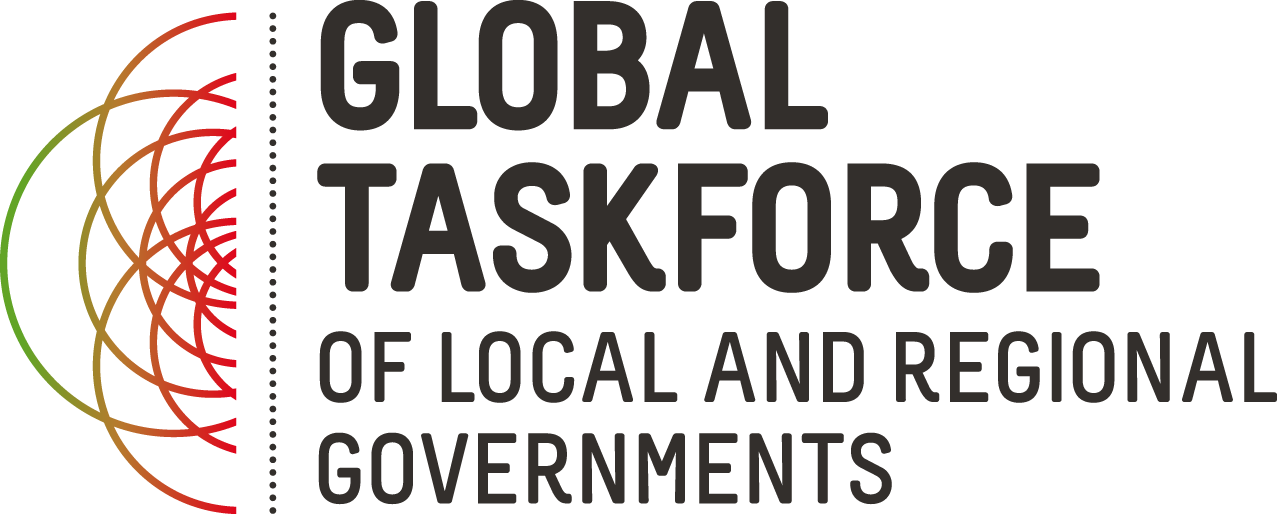
 By Josep Roig, UCLG Secretary General
By Josep Roig, UCLG Secretary General
Since the proportion of the global population that lives in cities tipped over 50% in 2008, it has become a truism in international development circles to talk of our “urban future”, to reel off statistics about rapid urbanization in the global South, and to proclaim that the battle for sustainable development will be won or lost in cities.
Cities, we insist, have the potential to generate economic growth and reduce poverty, promote more sustainable forms of consumption and production, and become sites of social, economic and cultural opportunity and integration over the coming decades.
This year it seems, at last, that the urban message is being heard.
September saw the adoption of the Sustainable Development Goals of the new Post-2015 Agenda by the United Nations. Goal 11, to “make cities and human settlements inclusive, safe, resilient and sustainable”, is the first-ever international agreement on urban-specific development, and represents the growing international acknowledgement of the transformative power of urbanization. Next year, the Habitat III conference will meet to build on this momentum and agree on a New Urban Agenda for the world’s cities.
In many ways, it is easy to assume that we in the global urban community are living in a golden age.
But I would urge caution. While global commitments play a role in setting the agenda, and the recognition of cities serves to amplify the voices of local government networks like UCLG in the international arena, our experience has shown that well-meaning international declarations are no substitute for, or guarantee of, real change on the ground. If new international agreements on urban development are going to achieve their goals in the years to come, it is vital that we learn from the successes and, more importantly, the failures of the past.
The environmental and human consequences of unplanned urbanization have been on the agenda since the 1960s. It’s now almost four decades since the first United Nations Conference on Human Settlements in Vancouver, now known as Habitat I. The conference declaration in 1976 called for “bold, meaningful and effective human settlement policies and spatial planning strategies realistically adapted to local conditions”. It recommended the use of participatory planning, the prioritization of the needs of the most disadvantaged, an efficient and respectful use of natural resources, and improved disaster response mechanisms. It advocated a holistic approach to urban development, integrated into all sectoral policy areas. Sound familiar? To read the urban vision of the Vancouver declaration is to take a journey back to the future. All of its aspirations would be welcome on any contemporary urban wish-list.
The problem was that Habitat I neglected the local governance conditions and implementation mechanisms necessary to make its recommendations a reality. Habitat II, in 1996, made a step forward by recognizing local authorities as the closest partners in the implementation of the Habitat Agenda, and by calling for decentralization, local democracy and local capacity building. However, these principles have often been ignored or partially heeded. In many countries, for example, the decentralization of responsibilities to local government has often not been accompanied by the resources necessary to meet them. Other countries have even embarked on recentralization programmes, reducing the freedom of cities and regions to take charge of their own development.
If SDG11 and Habitat III are to be more than mere dead letters, cities and their leaders must be given the legal and financial tools to put them into action on the ground. The new international urban agendas, as welcome as they are, must be backed up by a serious commitment to the empowerment of local leaders and their communities and massive investment in urban infrastructure and basic service provision. Above all, a new, territorial approach to development is required that integrates democratic governance, local economic development, social inclusion, cultural rights and gender equality into all development policy.
If concerted action is not taken to transform our cities, and their relationship with their surrounding territories, the city of 2050 will be a bleak place indeed: sprawling, overcrowded, choked by pollution, socially and economically segregated, insecure, paralyzed by congestion, under constant threat of environmental disaster. With exponential global urbanization well underway, time is running out. Habitat I was 40 years ago. We don’t have another 40 years to spare. The urban future is now.
This post is written in response to the october 6th group blogging event, which asks, “The year is 2050. Write a letter to the people of 2015 describing what your city is like, and give them advice on the next 35 years.?”











